For sale since 1980, Samarium Cobalt was the first magnetic material to revolutionize electric motor performance.
In fact, it provides a magnetic flux around 5 times greater than traditional materials like ferrite or alnico. It does not need any protective coating since, unlike Neodymium, it does not oxidize.
Samarium Cobalt is basically made up of a lot of pure cobalt, and this is why its price is particularly high. Moreover, Samarium Cobalt is very fragile, but it has the positive characteristic of being able to resist temperatures of up to a 250° C without undergoing any significant variation in power, and it is for this reason that, many years after the advent of Neodymium, this has continued to be used.
With the appearance of new Neodymium gradations that are resistant to high temperatures, Samarium Cobalt has been less in demand by clients worldwide, who have preferred to use Neodymium since the cost is significantly lower.
During the pricing crisis of 2011, many users went back to buy Samarium Cobalt because Neodymium prices had increased so much as to render Samarium Cobalt even more attractive. This situation only lasted for a few months.
The prediction is that in the future, barring any absurd spikes in Rare Earth prices, the production of Samarium Cobalt will gradually and constantly decrease.


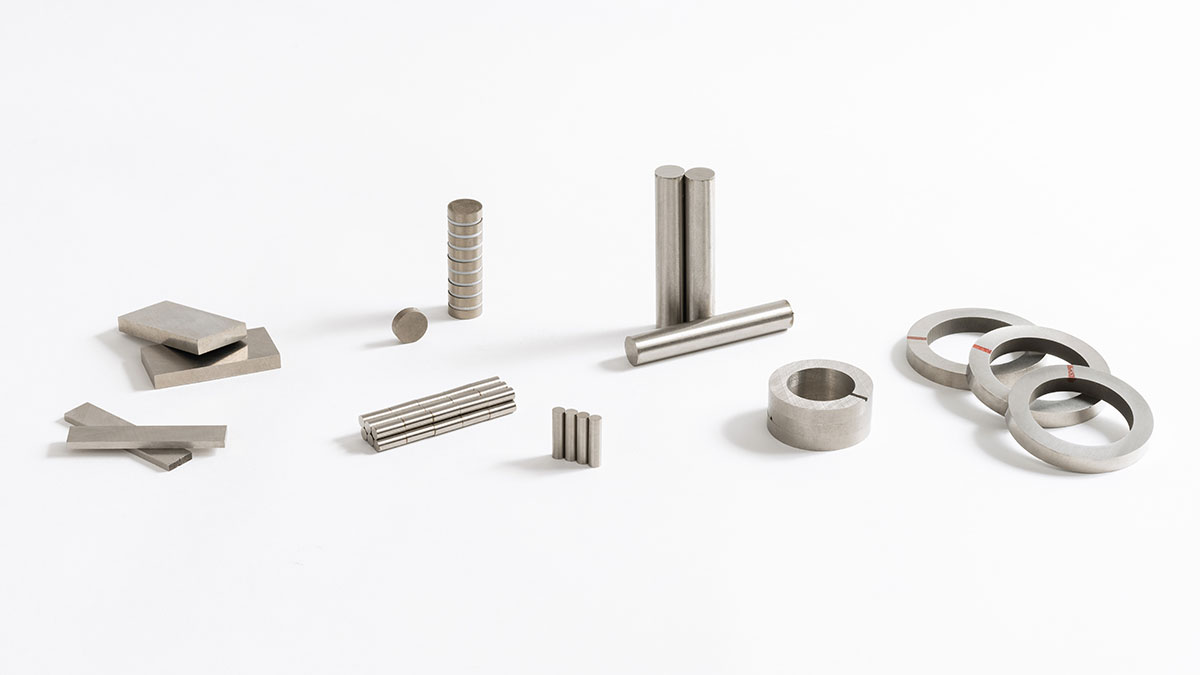
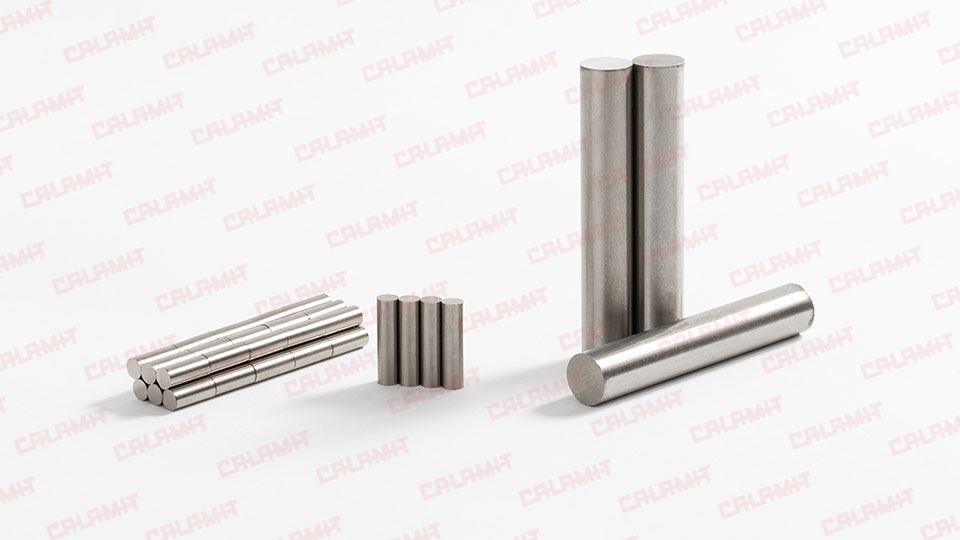
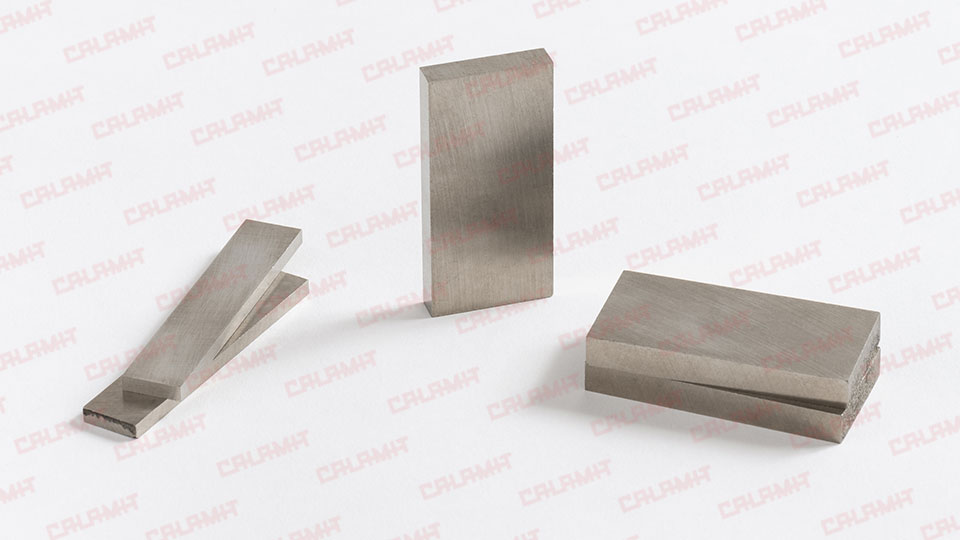
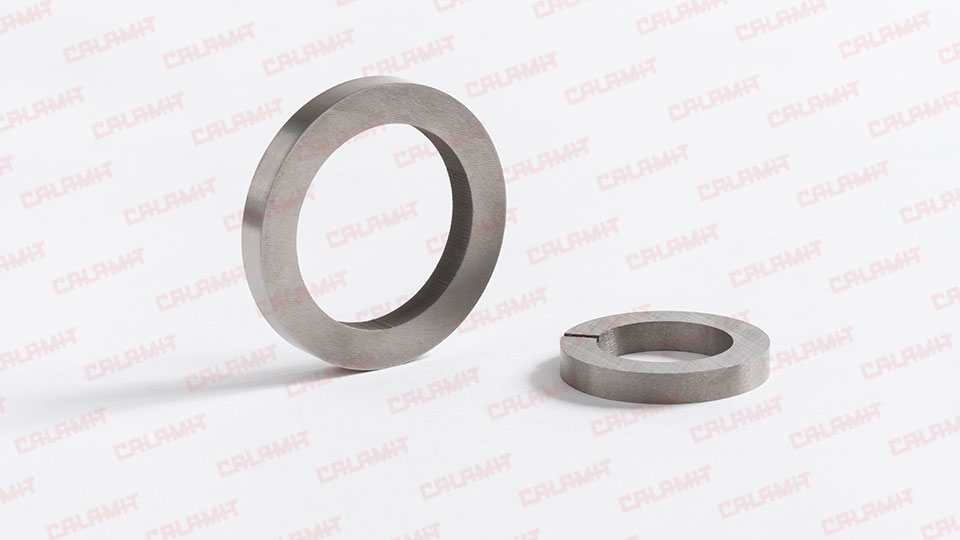
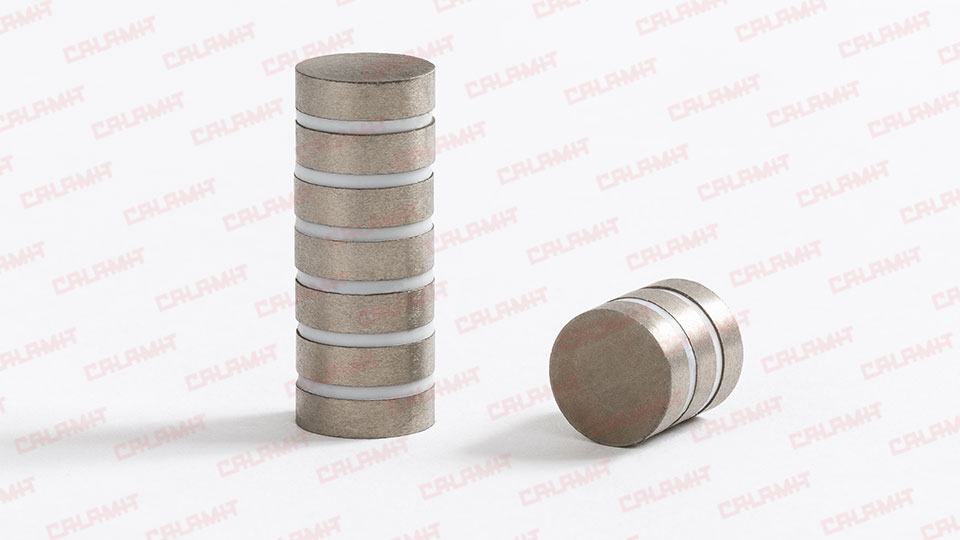
.jpg)
.jpg)
.jpg)